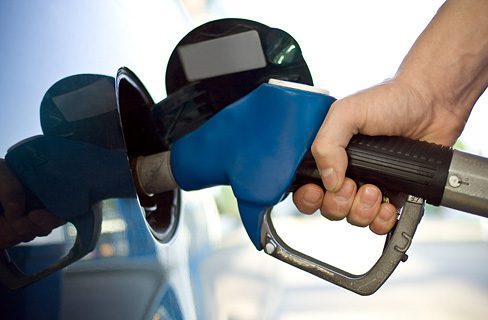Aluminium-intensive automobiles are practical as a cost-effective alternative for improving fuel economy.
Cost is an issue in every material decision made in every vehicle’s design. When making a material substitution, cost can be viewed as a simple part-by-part substitution, a manufacturing and product system cost, and/or increasingly as a life cycle cost analysis. As vehicle manufacturers apply aluminium to lightweight their vehicles, the focus is increasingly directed toward the system cost and life cycle cost analysis to obtain the desired outcome of an improved driving performance, reduced fuel consumption or reduced emissions. The manufacturer is increasingly considering how to exploit fully the weight reduction in one or more parts, and allow this weight reduction to offer further weight or cost savings in other vehicle components.
Research shows that cost-effective solutions exist with aluminium intensive cars and trucks. Under the right conditions, these vehicles can be economically viable for high-volume vehicles. During use, the fuel savings can be significant and offer a real benefit to the consumer. In addition, metals, aluminium being the most significant, play an important role in funding the end-of-life processing of vehicles, through their high scrap value.

As vehicle manufacturers apply aluminium to lightweight their vehicles, the focus is increasingly directed toward the system cost and life cycle cost analysis to obtain the desired outcome of an improved driving performance, reduced fuel consumption or reduced emissions. The manufacture is increasingly considering how to exploit fully the weight reduction in one or more parts, and allow this weight reduction to offer further weight or cost savings in other vehicle components.